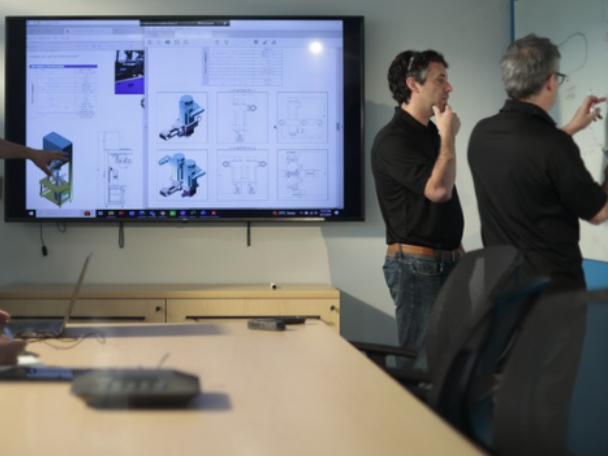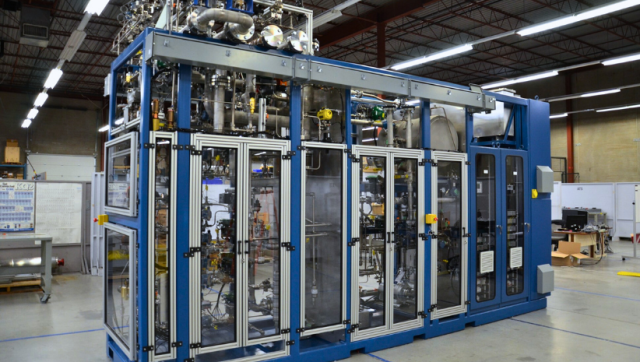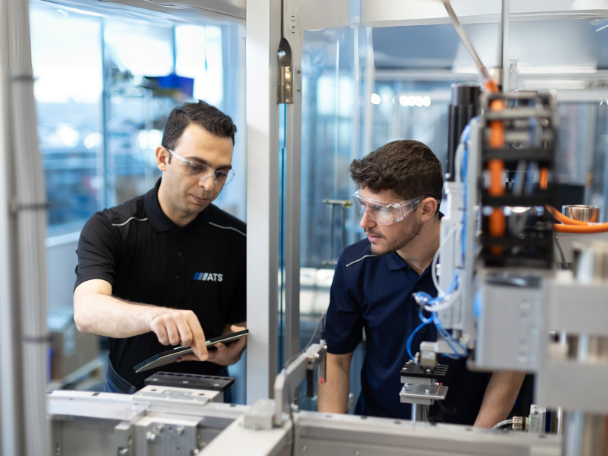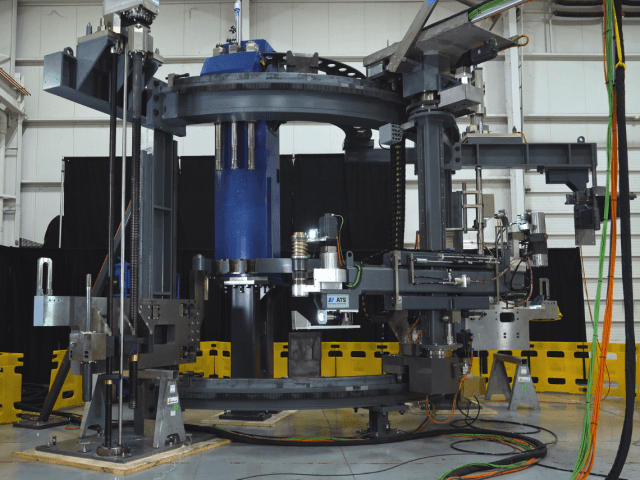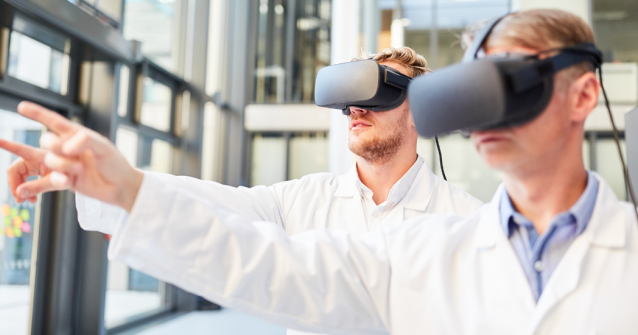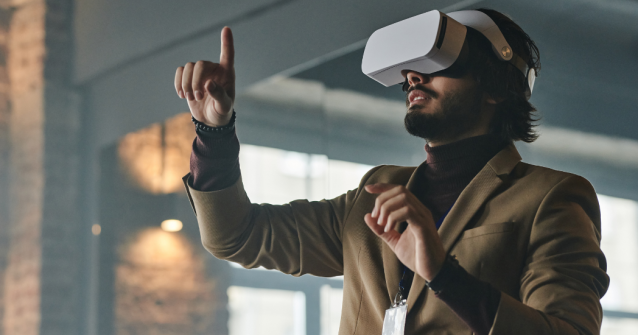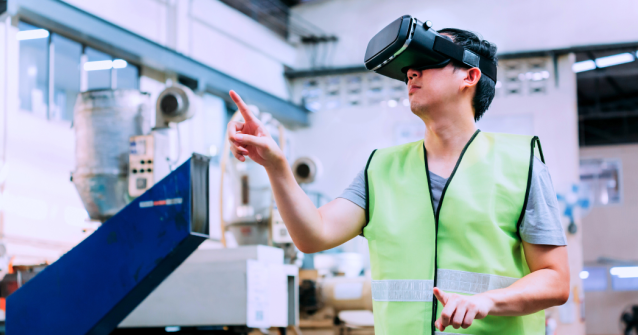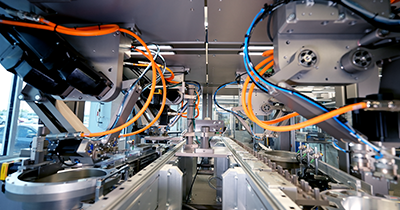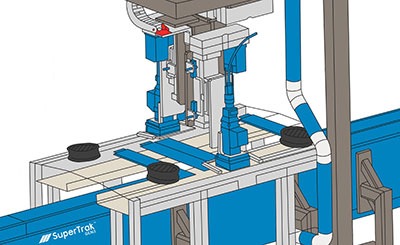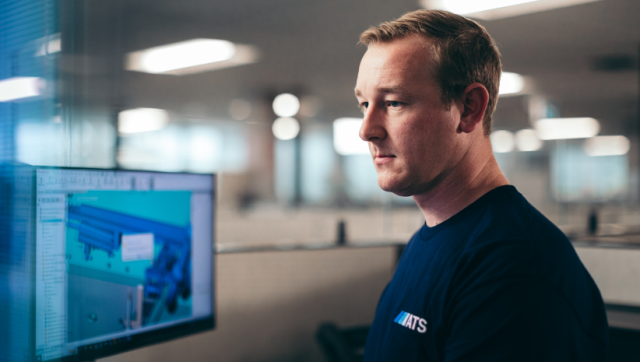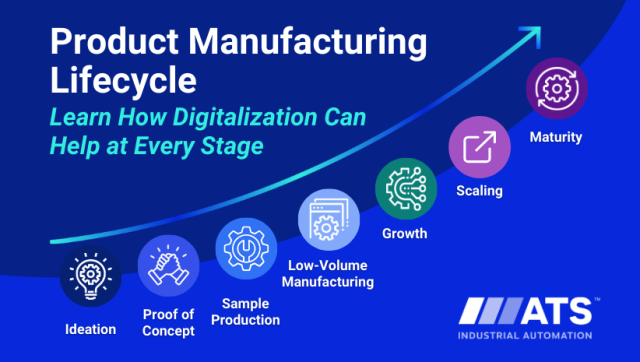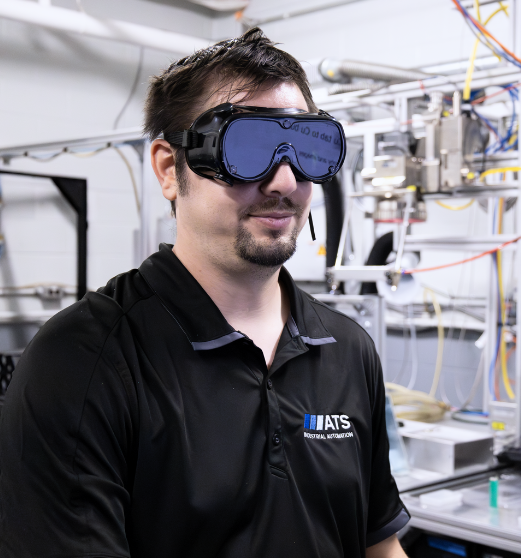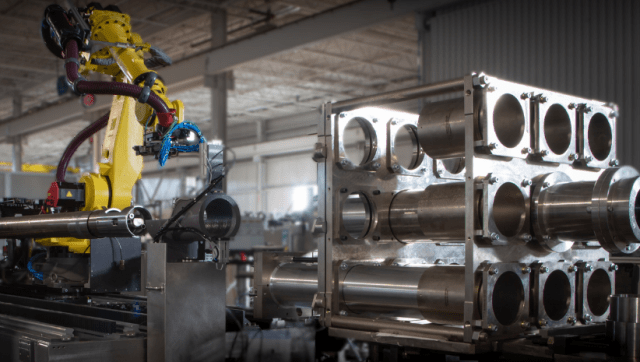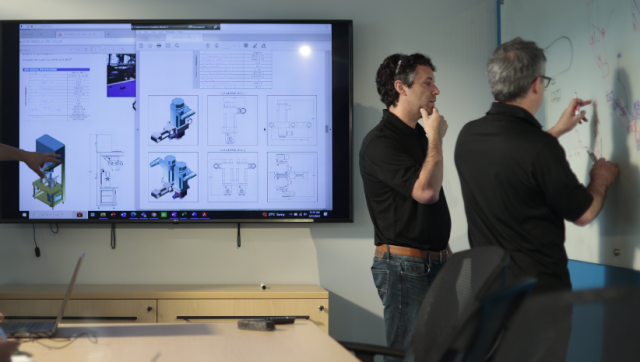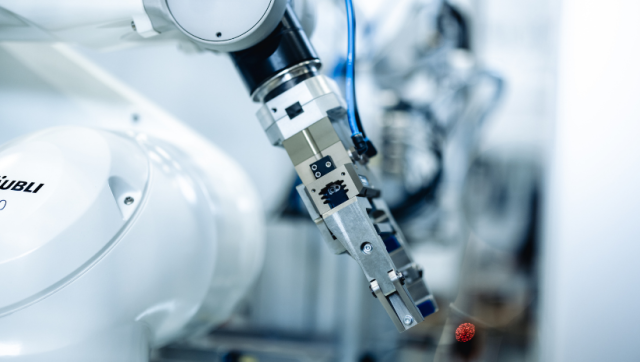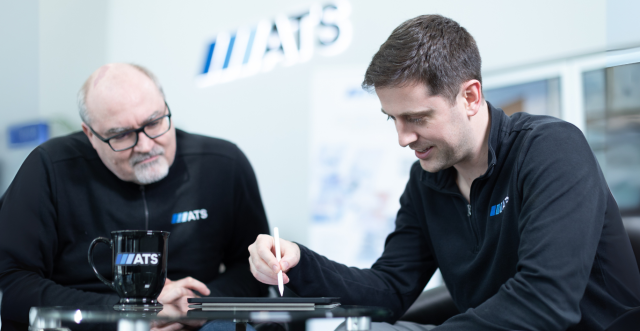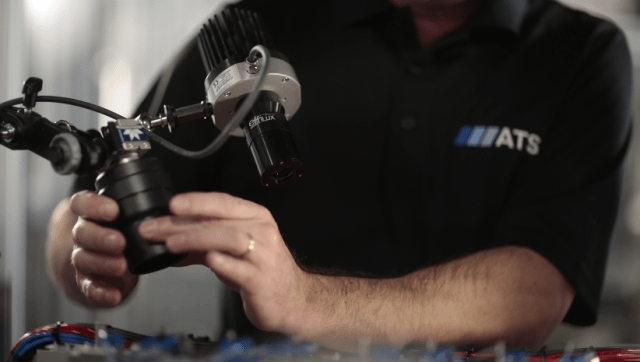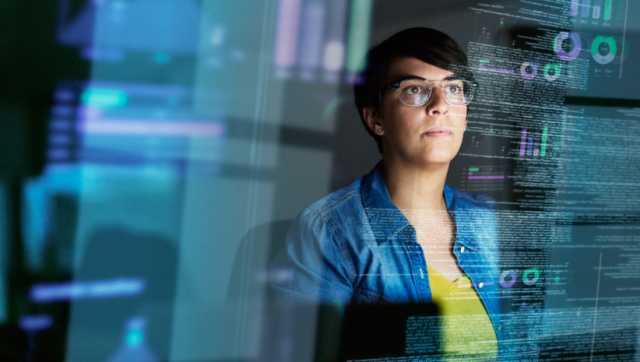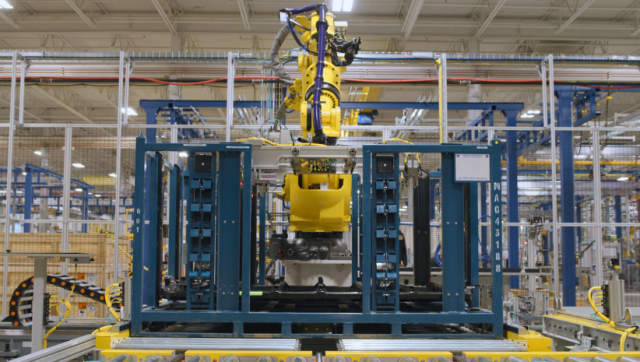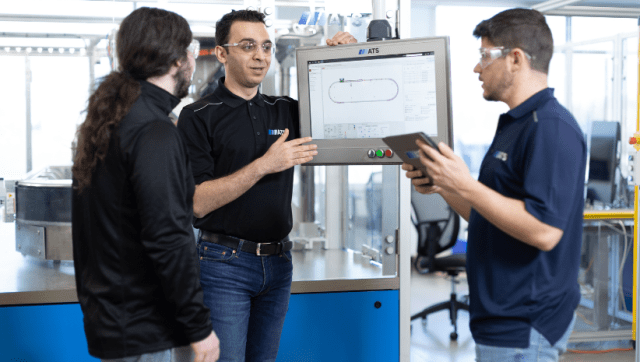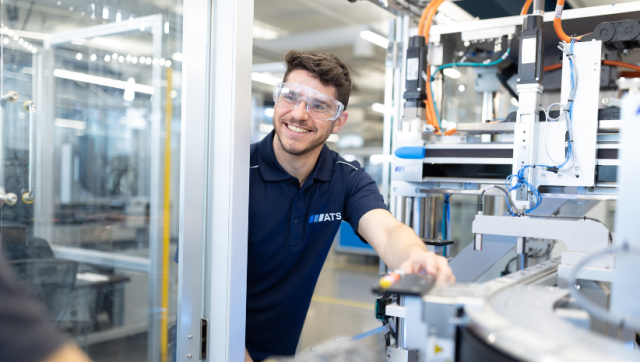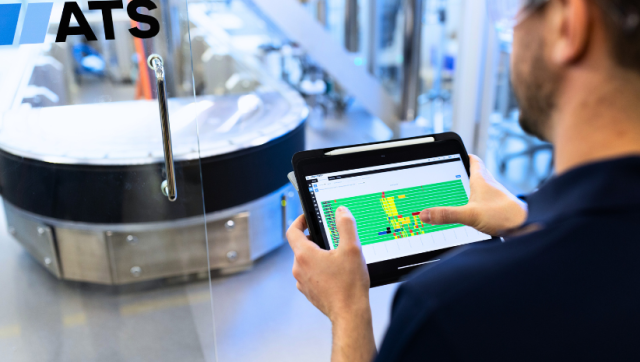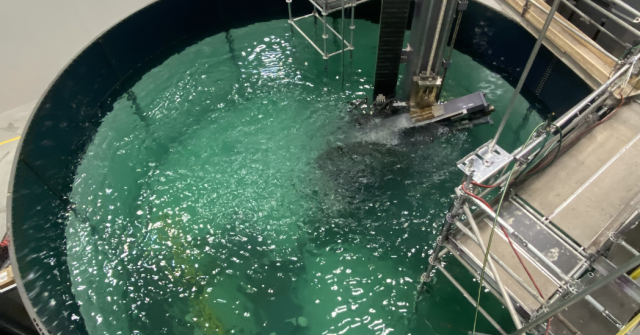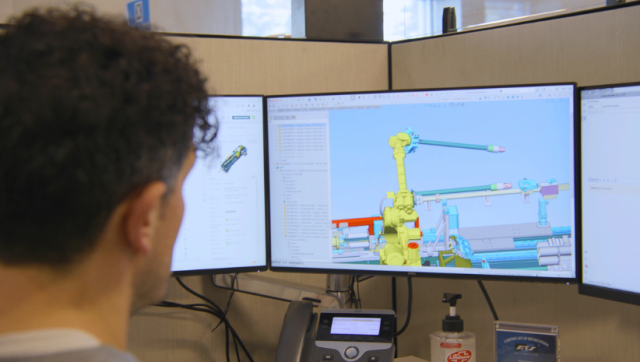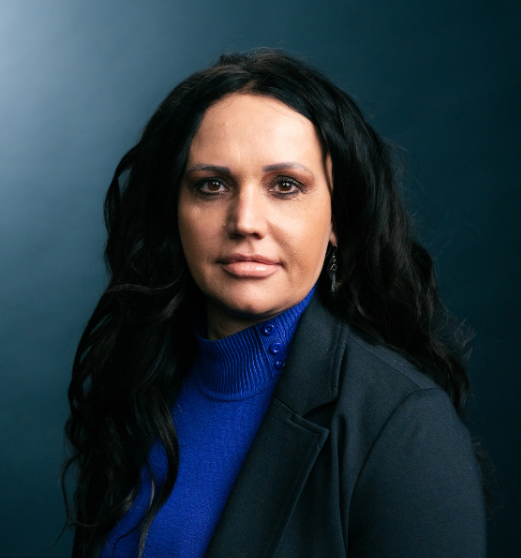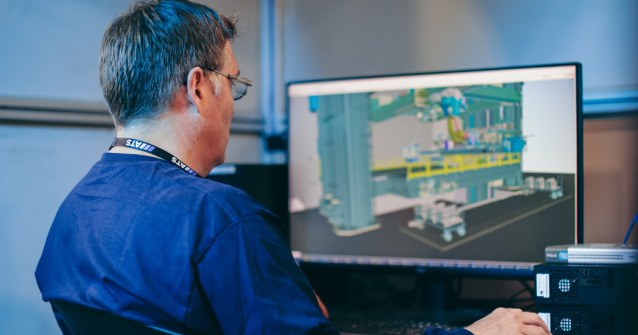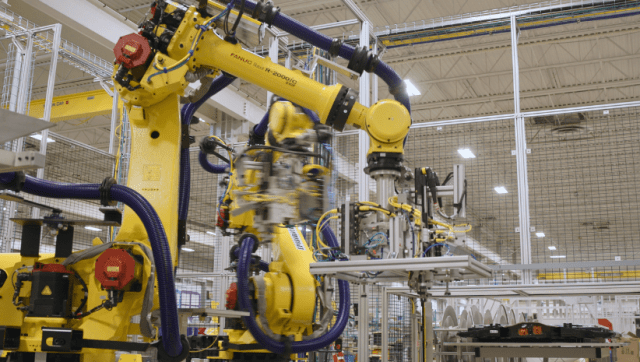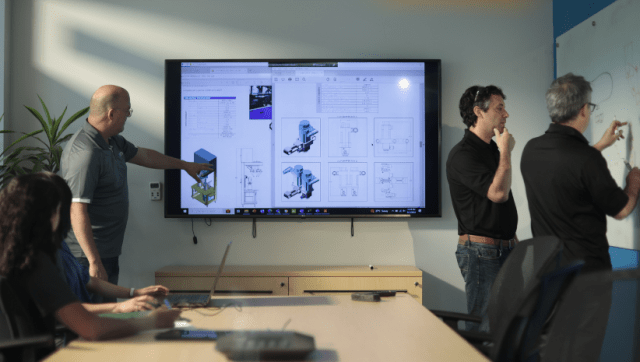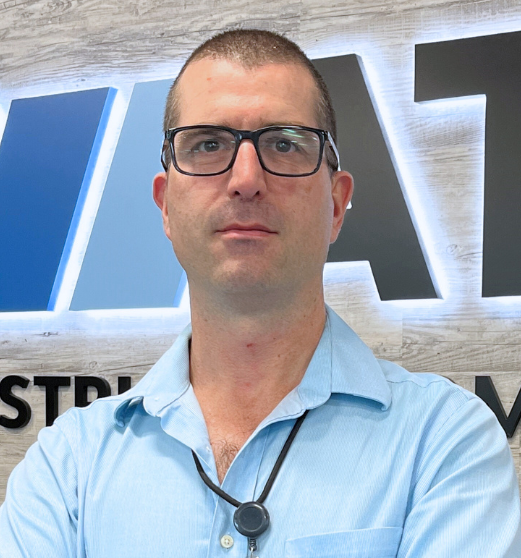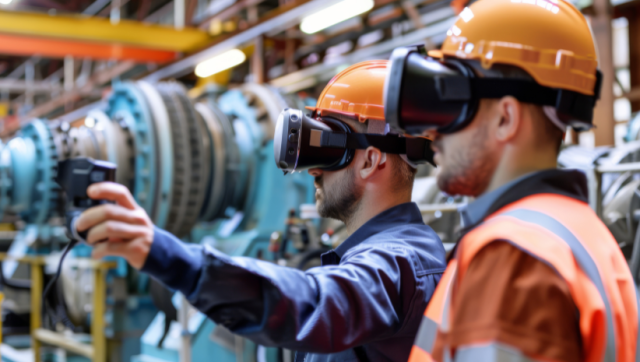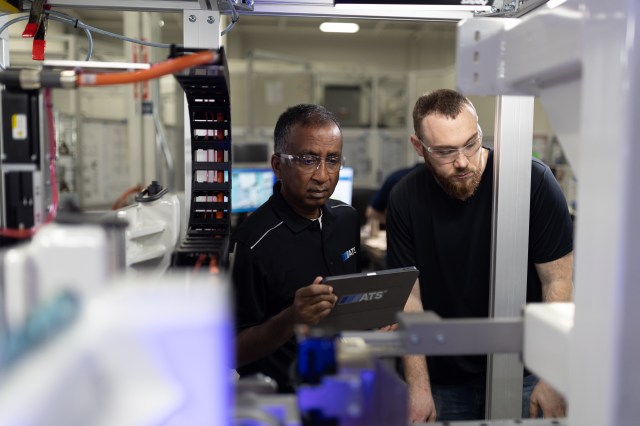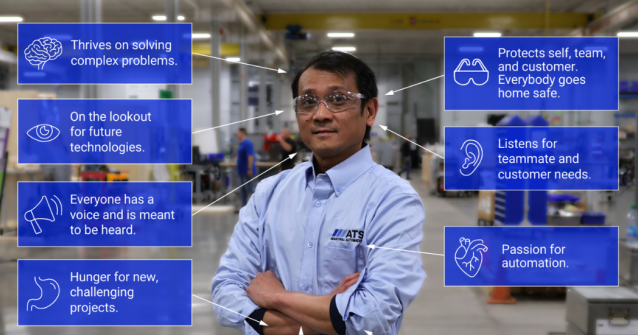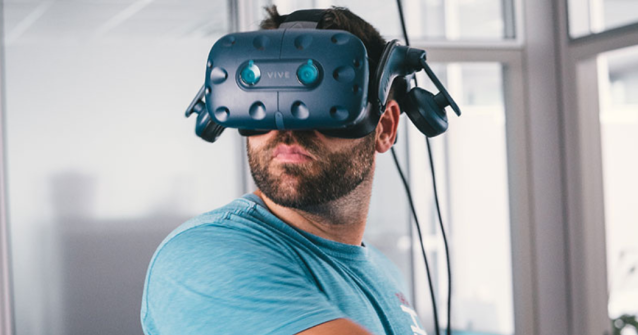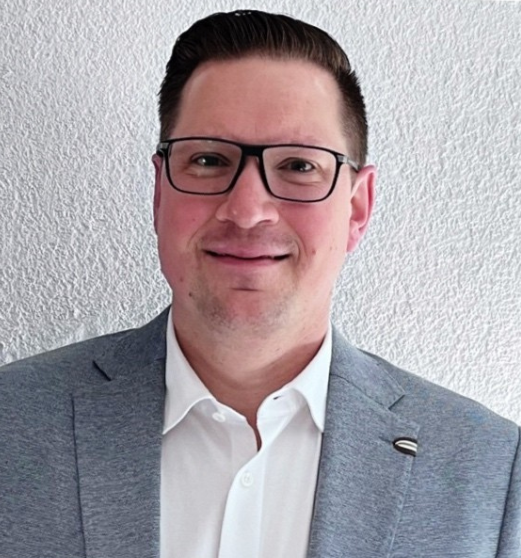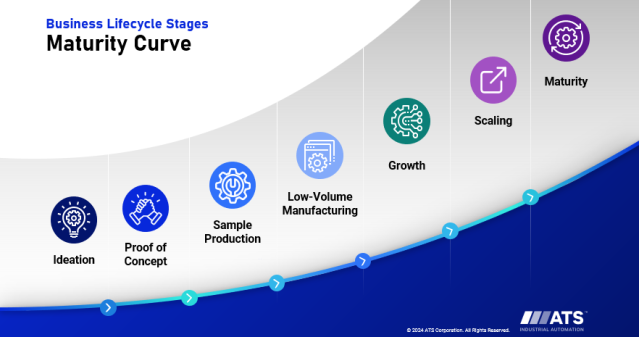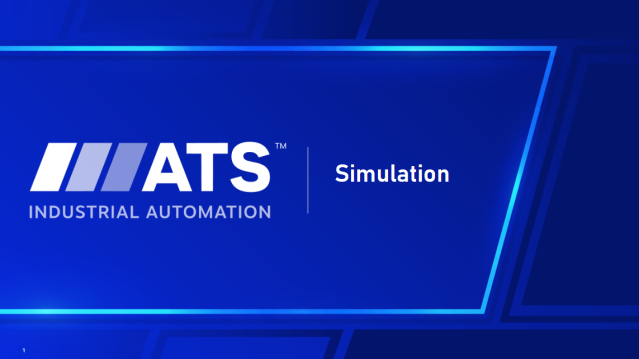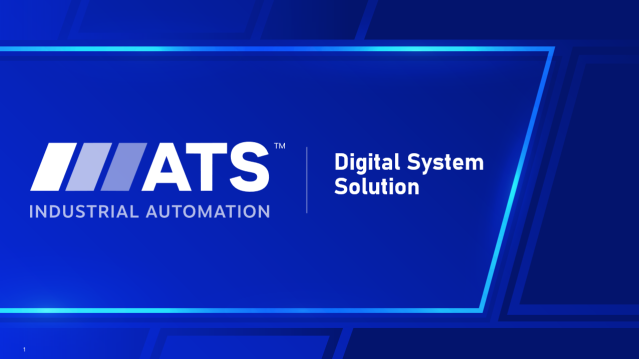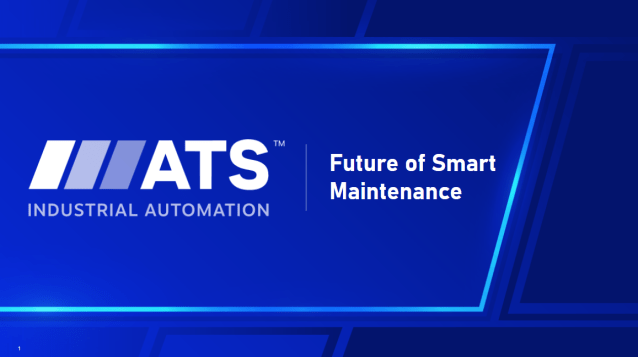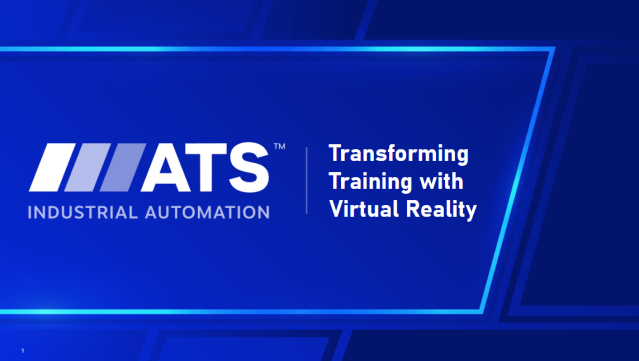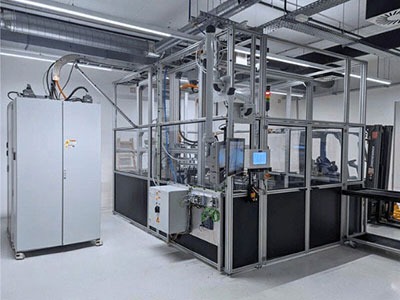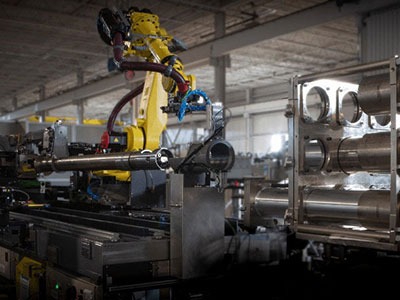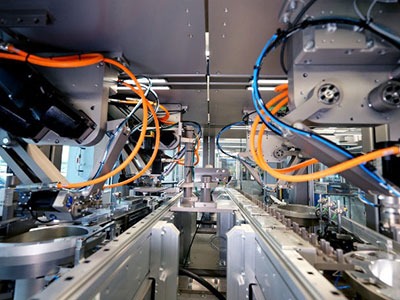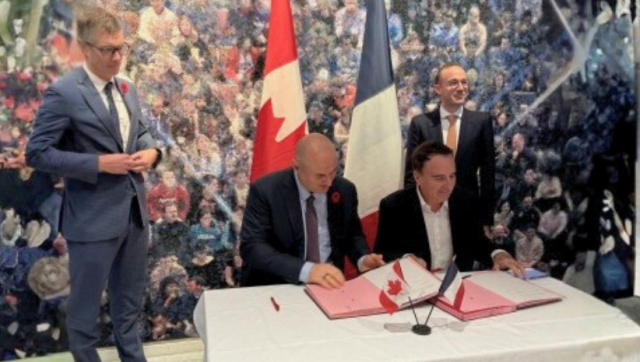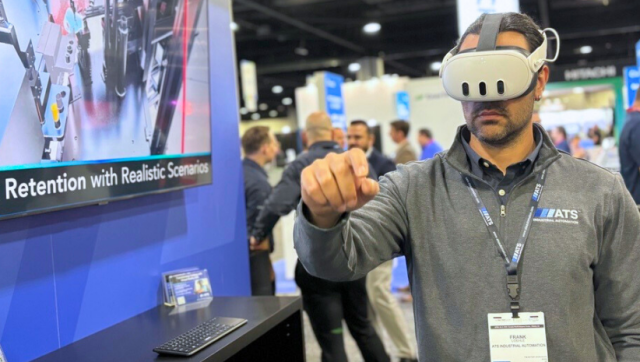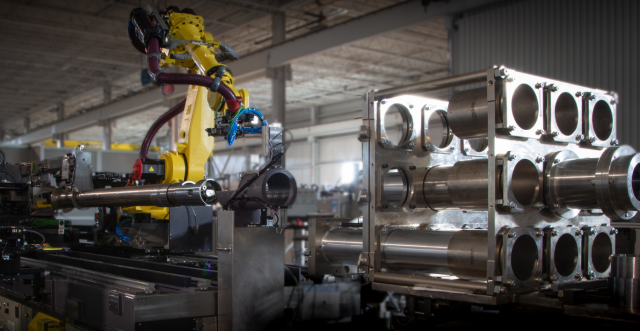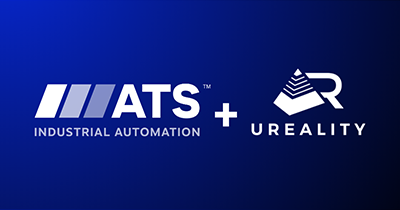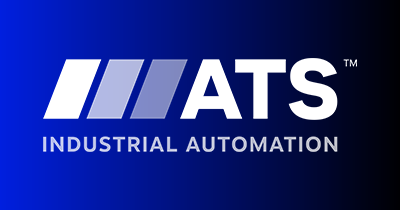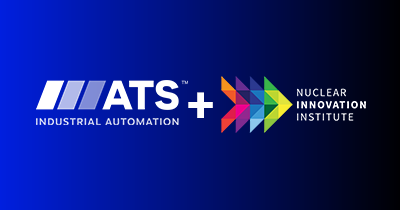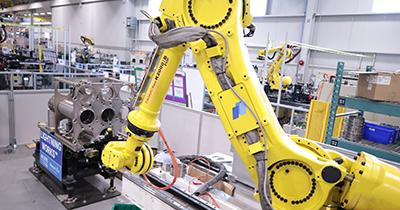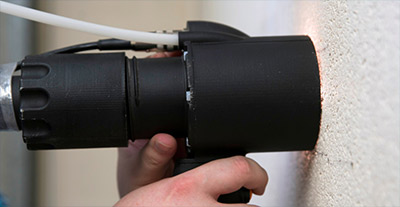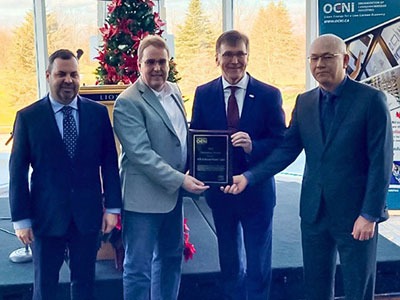Traditional training methods are having a hard time staying relevant in a world that is increasingly digital. COVID-19 provided strong motivation to innovate educational methods outside the traditional classroom setting and onto the digital blackboard. But beyond history, grammar, and science, training for hands-on work was more challenging. Mechanical, musical, athletic and artistic training had limitations that were harder to overcome than simple knowledge transfer. How things feel in your hands, the spatial relationships between objects and tools, just the right sound: these have been harder to simulate and gauge in an online setting.
Traditional Training Limitations
Training for manufacturing line operations and maintenance was limited in many ways as well.
- Training was limited to when the trainer was available. If the trainer is busy, no training can take place.
- The trainer or subject matter expert (SME) was an experienced worker with little shift time available to train, usually prioritizing ‘shadowing’ the daily routines, perhaps fitting additional training into ‘leftover time’ between critical tasks.
- The person designated as the trainer may not always have excellent communication skills, or may not have the patience (or time) to train at the same rate their trainee can absorb the information.
- Learners and trainers also have language limitations. If the person hired speaks a different dialect or language than the trainer, this can be a big obstacle.
- It was not feasible to power down the line to conduct training for certain tasks. Downtime is the enemy; lines need to be running for as many shifts as possible.
- Due to the time limitation, a new employee did not have the luxury of observation and practice but would often have to watch and try to remember for the future.
- Training for hostile environments or failure events was theoretical. What would we do if there was a fire on the line? Practicing this would require an entire choreographed theatrical performance. Sometimes this is necessary, but often it’s impossible.
These posed real problems for companies who needed to train workers to maintain and operate their automated equipment, especially when it is hard or dangerous to access. So, whether the company is manufacturing using very expensive equipment, operating automated tooling in a nuclear reactor, installing windows on a skyscraper, or manipulating delicate and precious biologics or pharmaceutical products, the needs were similar:
- How can I make more time and knowledge available from an experienced trainer or SME to benefit a new employee?
- How can I bridge language and learning gaps between trainer and trainee?
- How can I train without losing production time?
- How can I create more opportunities for observation and practice without adding cost of materials or downtime?
- How can we prepare people better for failure events and hostile environments?
- How can we maximize efficiency and keep people safe?
Taking Training to the Next Level
At ATS, we ask more questions from our perspective as a systems integrator.
- How can we better equip our customers to get the most out of the systems we build for them?
- How can we take all the knowledge we gain from building and integrating systems and pass it on to the people who will be operating and maintaining the equipment and systems?
- What do we create in our design, build, and integration process that could benefit the customer’s production facility team over the long term?
We have answered all these challenges with Virtual Reality Training.
Every project is unique. Allow us to listen to your challenges and share how automation can launch your project on time.
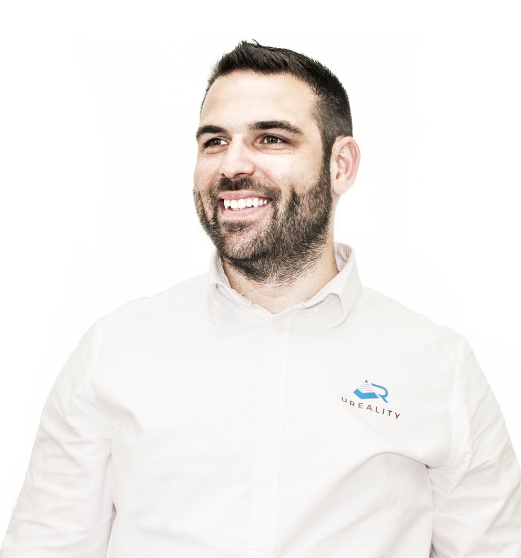
Benjamin Staiger
Senior Product Manager, Digital Training
ATS Industrial Automation
Benjamin has helped companies across numerous industries optimize and streamline their training processes with virtual reality for over ten years. The creator of UReality, Benjamin, works with customers to develop digital training methods and strategies designed to optimize their training effectiveness and retention.



